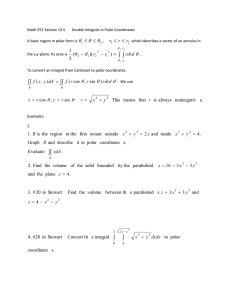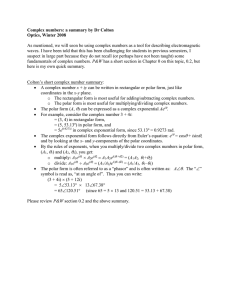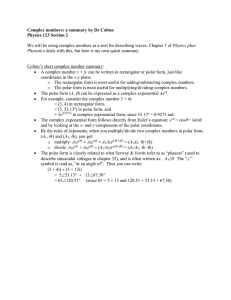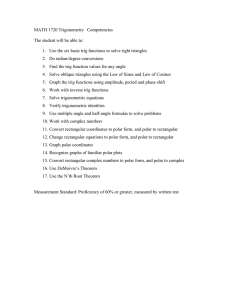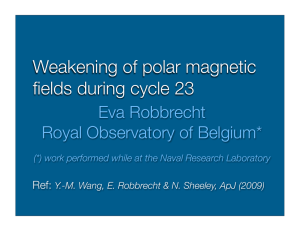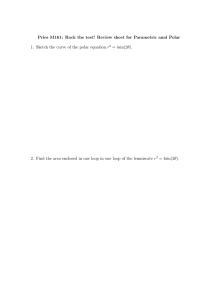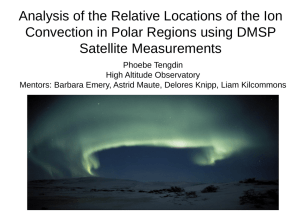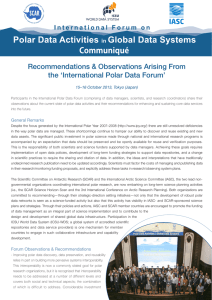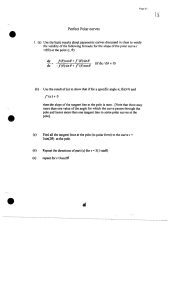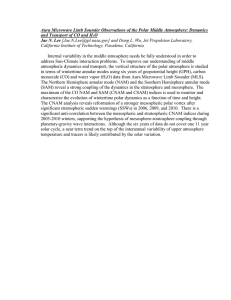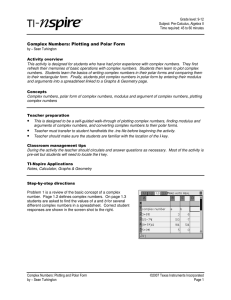Document 11455466
advertisement
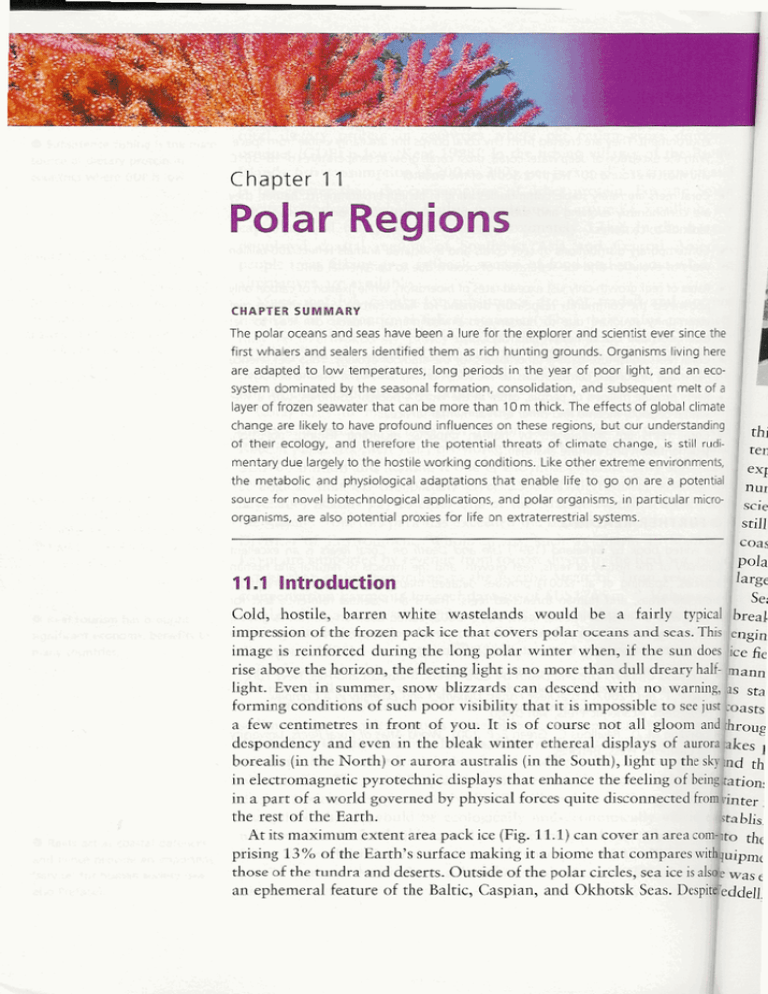
CHAPTER SUMMARY The polar oceans and seas have keen a lure for the explorer and scientist ever since the first w h a k and sealers identified them as rich hunting grwnds. Organisms living here are adapted t o tow temperatures, long periods in the year of poor light and an e ~ o system dominated by the seaswral formation, consolidation. and subsequent n-eltof a layer of frozen seawater that can be more than 10 m thick. The effects of global climate change are likely to have prafound influences on these regions, but our understanding of their ecology, and therefore the potential threats of climate change, is still rudimentary due Largely to the hatile working conditim. Like ather extreme e n v i m m e a the metabolic and physiological adaptatiam that enable life to go on are a potential source for novel biatechnol~icala~lications,and polar organisms, in particular m i m organism, are also potential proxies for life on extraterrestrial systems. 11.1 Introduction Cold, hostiIe, barren white wastelands would be a fairly impression of the frozen pack ice that covers polar oceans and se image is reinforced during the long polar winter when, if the sun rise above the horizon, the fleeting hght is no more than dull dreary light. Even in summer, snow blizzards can descend with no war forming condtions ofsuch poor visibility that it is impossible a few centimetres in front of you. It is of course not all gloom despondency a d even in the bleak winter ethereal displays of boreab (inthe North) or aurora australis (in the South),I in electromagnetic pyrotechnic displays that enhance the feel in a part of a world governed by physical forces quite disco the rest of the Earth. At its maximum ement area pack ice (Fi11.1) can cover an area prising 13% of the Earth's surface making it a biome that comp h o s e of the rundra and deserts. O u ~ d o ef the polar circles, sea i an ephemeral &cure of the Baltic, Caspian, and Okhotsk Seas.





